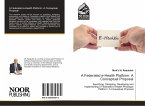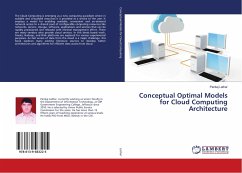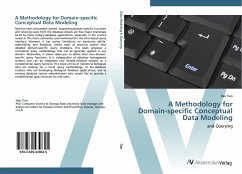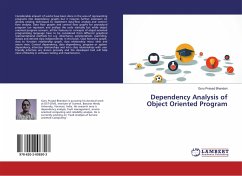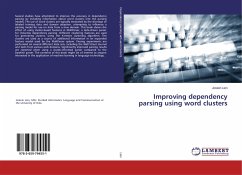High Quality Content by WIKIPEDIA articles! Conceptual dependency theory is a model of natural language understanding used in artificial intelligence systems. Roger Schank at Stanford University introduced the model in 1969, in the early days of artificial intelligence. This model was extensively used by Schank's students at Yale University such as Robert Wilensky, Wendy Lehnert, and Janet Kolodner. Schank developed the model to represent knowledge for natural language input into computers. Partly influenced by the work of Sydney Lamb, his goal was to make the meaning independent of the words used in the input, i.e. two sentences identical in meaning, would have a single representation. The system was also intended to draw logical inferences.
Bitte wählen Sie Ihr Anliegen aus.
Rechnungen
Retourenschein anfordern
Bestellstatus
Storno


